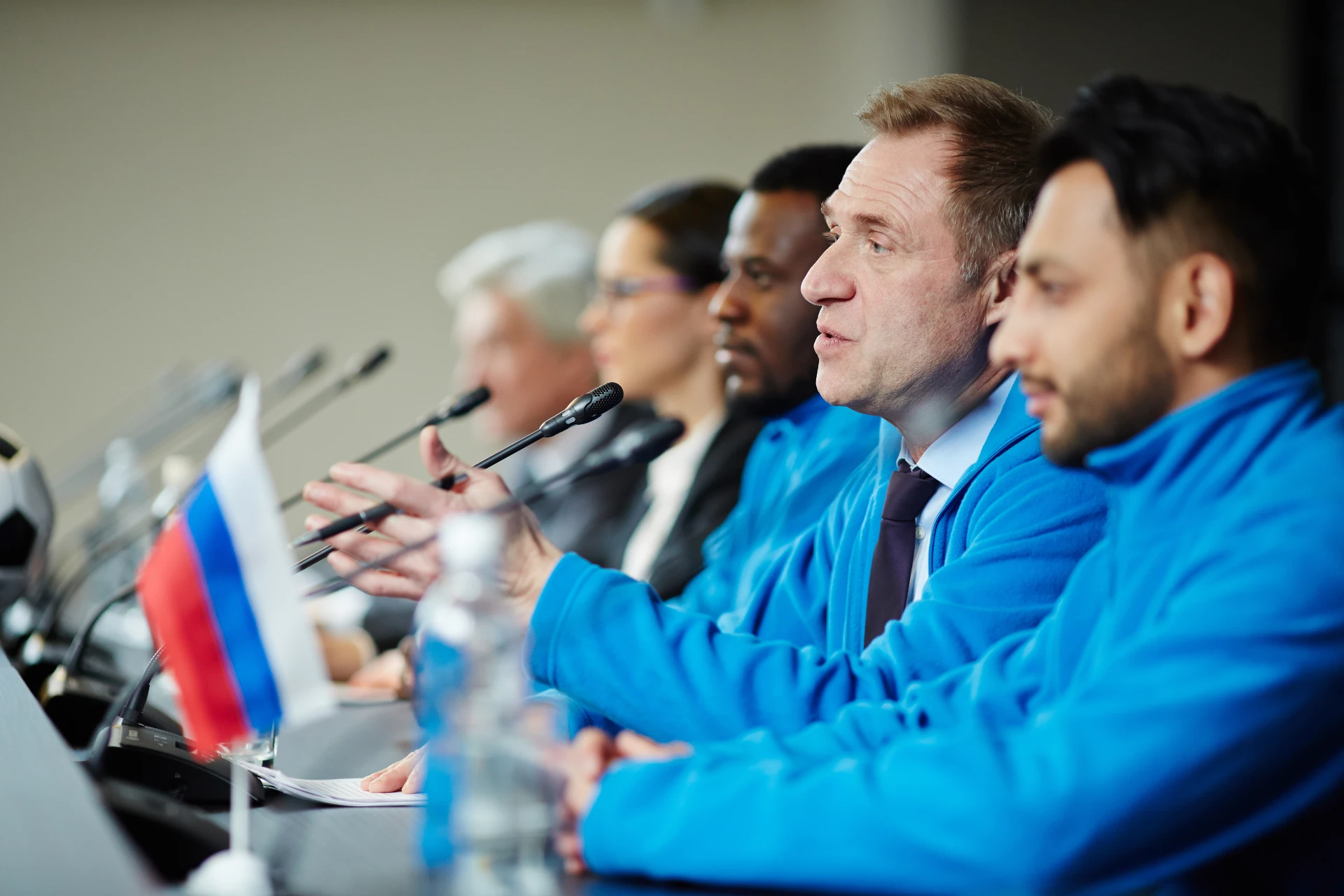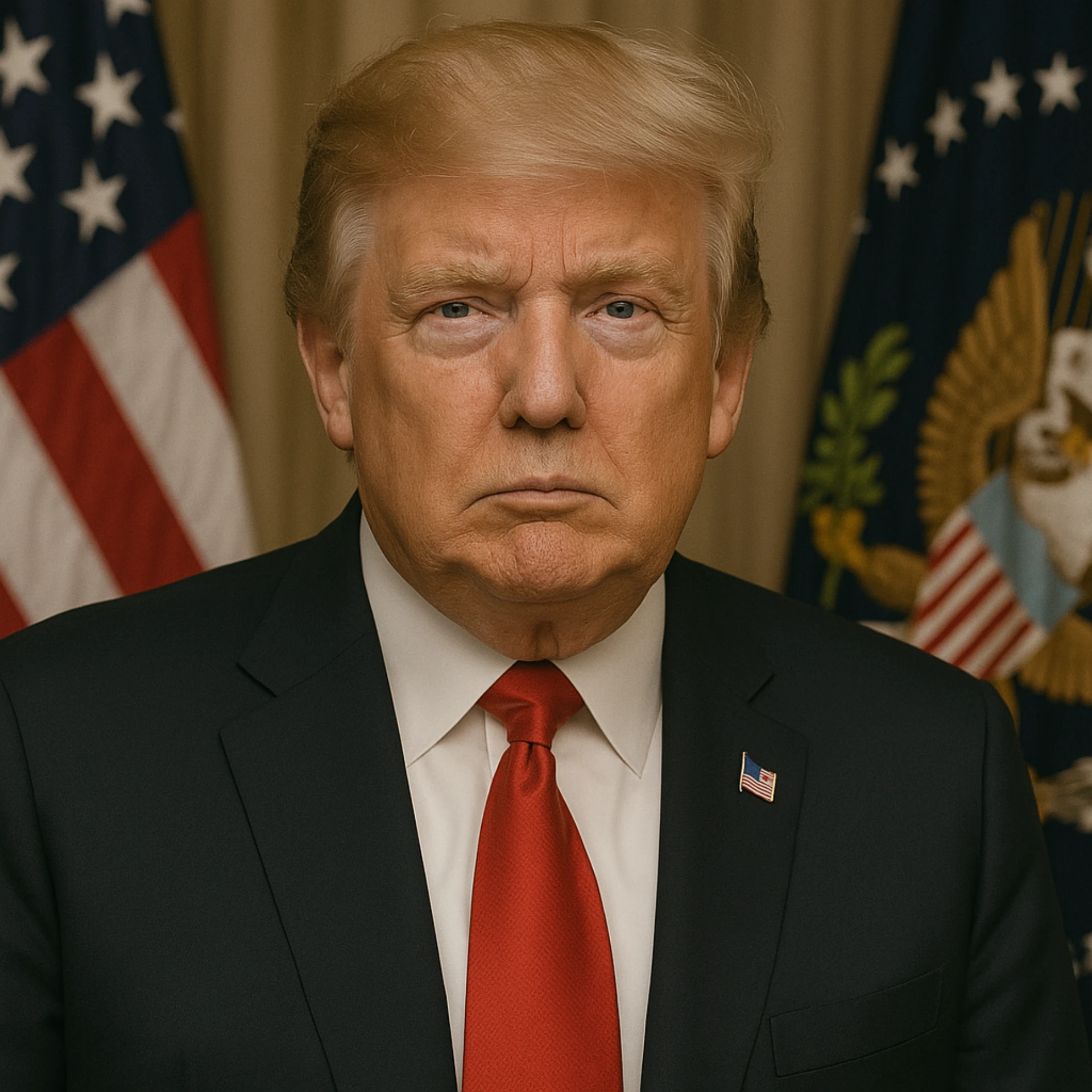1. Introduction
Vladimir Putin, a former KGB officer, has held the reins of power in Russia for over two decades, demonstrating a leadership style that blends authoritarianism with a calculated and carefully crafted personal brand. From his first presidency in 2000 to his ongoing tenure as Russia’s president, Putin has used charisma as a potent strategy to consolidate power, shape public opinion, and project national strength on the global stage.
His leadership has been characterized by carefully choreographed displays of fearlessness and control, such as martial art demonstrations and bare-chested horse-riding photo ops. These and other actions amplify his image of dominance and decisiveness, appealing to domestic audiences while influencing international observers.
However, Putin’s reliance on charisma and authoritarian tactics faces growing challenges, particularly in a globalised world where opposition and scepticism are increasingly prominent. This whitepaper analyzes Putin’s use of charisma as a leadership tool and distills lessons for business professionals, noting both the strengths and weaknesses of his approach.
2. Putin’s Charismatic Leadership Characteristics
2.1 Projecting Strength Through Visual and Political Imagery
Putin’s public persona is a deliberate construction of physical and political dominance. His frequent portrayal as a disciplined and physically capable leader—whether piloting a plane, performing martial arts, or engaging in outdoor adventures—has been instrumental in building his reputation as a strongman. Domestically, this resonates with Russia’s cultural emphasis on strength and endurance as valued masculine traits.
In leadership psychology, such “heroic imagery” fosters loyalty and trust by suggesting that the leader is capable of both defending and advancing the group’s interests (Bass, 1985). For professionals, the takeaway is the importance of cultivating a leadership persona aligned with cultural values and audience expectations. However, over-reliance on such tactics without action risks reducing the leader to superficial theatrics.
2.2 Cultivating a Personal Brand as a Decisive Leader
Putin’s leadership brand relies on a calculated emphasis on control—a core characteristic of charismatic, authoritarian leaders. He positions himself as the sole guarantor of Russia’s stability and prosperity through firm decision-making. Whether overseeing military interventions or delivering lengthy political addresses, Putin’s insistence on personal oversight reinforces his image as a hands-on and decisive leader.
This resonates with Weber’s theory of charismatic authority, which suggests that followers often place blind trust in leaders perceived as singular figures of authority in times of uncertainty (Weber, 1947). For business leaders, the lesson is that decisiveness in communication—paired with visible competence—can inspire confidence.
2.3 Strategic Use of Rhetoric
Another cornerstone of Putin’s charisma is his strategic use of rhetoric. His speeches often invoke themes of national pride, resistance against foreign adversaries, and the reclaiming of lost honour. For example, in his speech justifying the annexation of Crimea in 2014, Putin framed his actions as restoring Russia’s historical greatness—an appeal to emotional nationalism that resonated with domestic audiences.
This use of rhetoric exemplifies the power of framing in persuading audiences. Business professionals can draw from this by crafting clear, emotionally resonant narratives that align with team values and objectives, translating abstract ideas into actionable visions.
3. Positive Aspects of Putin’s Leadership Approach
3.1 Uniting Stakeholders Through Nationalism and Strength
Putin’s political rhetoric and charismatic displays have succeeded in uniting disparate factions within Russia. His portrayal as the defender of Russian sovereignty has enabled him to rally support even across ideological divides, particularly during crises that invoke themes of external threat. For instance, his approval ratings surged following Russia’s military intervention in Crimea, highlighting the emotional pull of his leadership narrative.
In business, leaders can learn to build unity by emphasizing shared values and rallying their teams around common goals, especially during times of adversity. Strong messaging combined with consistent displays of accountability can enhance morale and collective identity.
3.2 Commanding International Attention
Even on the international stage, where opinions of Putin are largely divisive, his leadership style ensures he remains a critical player in global geopolitics. Whether participating in high-stakes summits or orchestrating military strategies, Putin’s willingness to act boldly forces global leaders to engage with him, elevating Russia’s visibility and strategic clout.
The lesson for business leaders is that bold tactics and confidence under pressure often compel attention and respect in competitive markets. However, this must be balanced with diplomacy and collaboration to maintain credibility and long-term influence.
3.3 Consolidating Internal Power
Putin’s charisma has also allowed him to consolidate power effectively within Russia—both politically and administratively. By presenting himself as indispensable to Russia’s future, he has circumvented institutional checks, extending his leadership tenure through constitutional changes. While this centralization comes with drawbacks, it demonstrates the effectiveness of personal appeal in navigating complex systems to reinforce authority.
4. Critique of Putin’s Approach and Charisma
4.1 Over-Dependence on Authoritarian Charisma
Putin’s reliance on personal charisma underscores a key limitation: institutions and processes become heavily dependent on the leader, leading to weaker governance structures. This “cult of personality” creates vulnerabilities, as leadership transitions can destabilize such centralized systems.
In a business context, over-reliance on a singular charismatic leader can leave organizations poorly equipped to handle leadership changes. Professionals should focus on fostering team autonomy and instituting distributed leadership practices to ensure resilience beyond any one individual.
4.2 Undermining Authentic Leadership Through Fear
Despite Putin’s success in drawing admiration from parts of the population, his leadership instills fear through suppression of dissent and opposition. This authoritarian application of charisma, coupled with repressive measures, undermines trust and transparency in society.
For business professionals, this serves as a cautionary tale. Leaders must understand that charisma loses its effectiveness when based on coercion rather than mutual respect. Authentic, trust-based leadership fosters stronger long-term loyalty and organizational health.
4.3 Global Perception and Polarization
While Putin’s charisma appeals to sections of the Russian population, it alienates much of the global community. His interventions in Ukraine, for example, have led to economic sanctions and diplomatic isolation, damaging Russia’s global standing. This polarizing effect illustrates how overstretching charisma or adopting an overly unilateral leadership style can backfire.
In business leadership, this highlights the importance of aligning individual actions with broader organizational values and stakeholder needs. Broad acceptance often requires more than a strong internal image; it demands collaboration, trust, and credibility externally.
5. Lessons for Business Professionals
5.1 Balancing Strength and Relatability
Putin’s projection of strength emphasizes the importance of confidence in leadership. However, an overemphasis on strength can create barriers to relatability and collaboration. Business leaders should strive to pair confidence with accessibility, ensuring teams feel both inspired and heard.
5.2 Crafting Resilient Leadership Structures
The limitations of Putin’s centralized leadership highlight the need for succession planning and institutional balance in business environments. Organizational resilience depends on the empowerment of teams and systems rather than an over-reliance on individual leaders.
5.3 Mastering Strategic Narratives
Putin’s rhetoric underscores the value of storytelling in leadership. Business professionals can craft inspiring narratives by focusing on shared goals, authentic values, and realistic plans, ensuring their words align with their actions.
5.4 Navigating Global Perceptions
Just as Putin’s leadership divides global audiences, business leaders working across diverse cultural or industry contexts must balance bold individualism with collaboration. Building bridges and fostering lasting partnerships often require nuanced positioning and emotional intelligence.
6. Conclusion
Vladimir Putin’s leadership is a case study in the power and pitfalls of charisma. His carefully curated image of strength and nationalism has enabled him to consolidate power domestically and command attention internationally. However, his reliance on authoritarian tactics and polarizing rhetoric underscores the limits of charisma without trust, collaboration, and systemic support.
For business professionals, there are important insights to be drawn from Putin’s leadership, particularly the strategic use of imagery, decisiveness, and narratives. Yet his approach also serves as a cautionary reminder that charisma alone is insufficient. Leadership that prioritizes trust, transparency, and institutional resilience is essential for sustainable success in today’s interconnected world.
By balancing personal appeal with accountability, building trust-based relationships, and fostering inclusive systems, leaders can effectively navigate the complexities of modern organizational and geopolitical contexts.
7. References
- Bass, B. M. (1985). Leadership and performance beyond expectations. Free Press.
- Weber, M. (1947). The theory of social and economic organization. Oxford University Press.
- Conger, J. A., & Kanungo, R. N. (1998). Charismatic leadership in organizations. Sage Publications.
- Edmondson, A. C. (2019). The fearless organization: Creating psychological safety in the workplace for learning, innovation, and growth. John Wiley & Sons.
- Tourish, D. (2013). The dark side of transformational leadership: A critical perspective. Routledge.
- Goleman, D. (1998). What makes a leader? Harvard Business Review, 76(6), 93-102.










